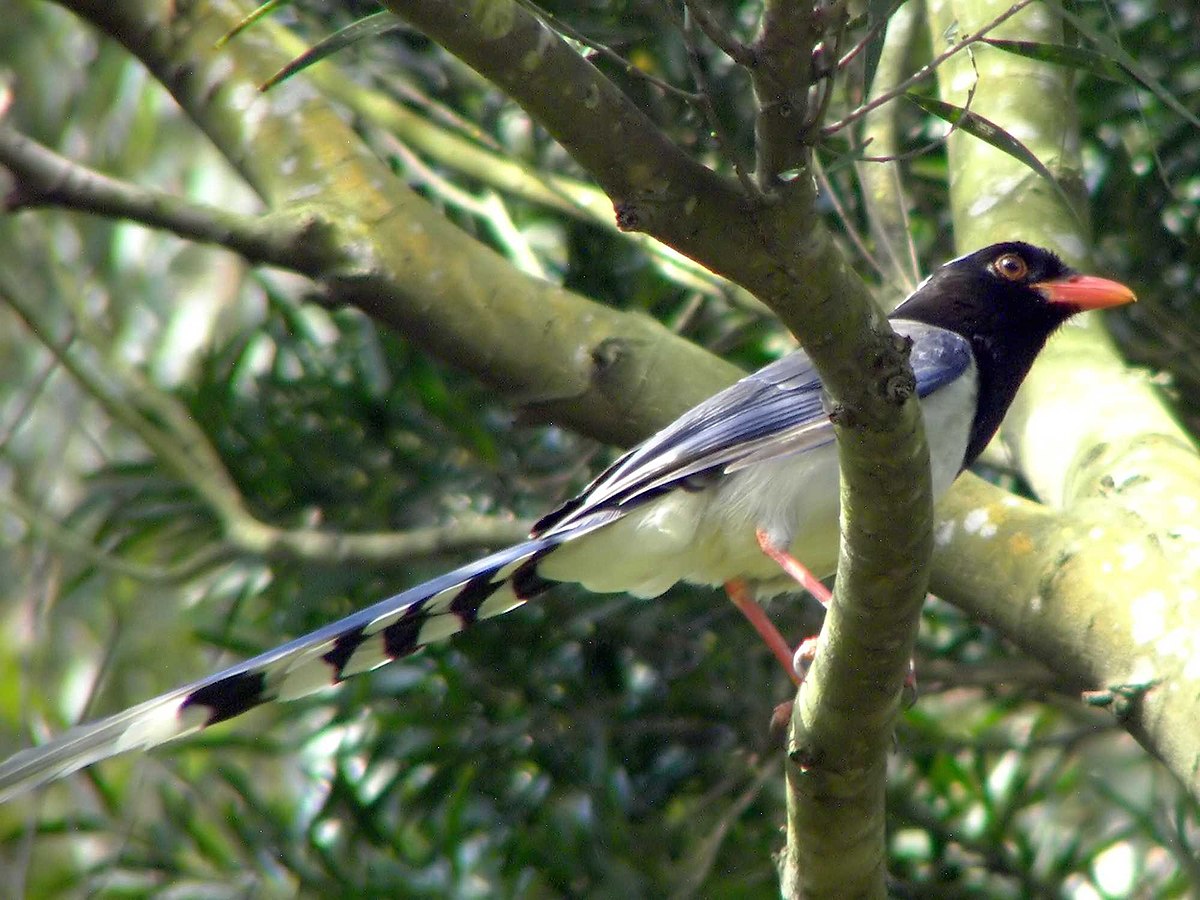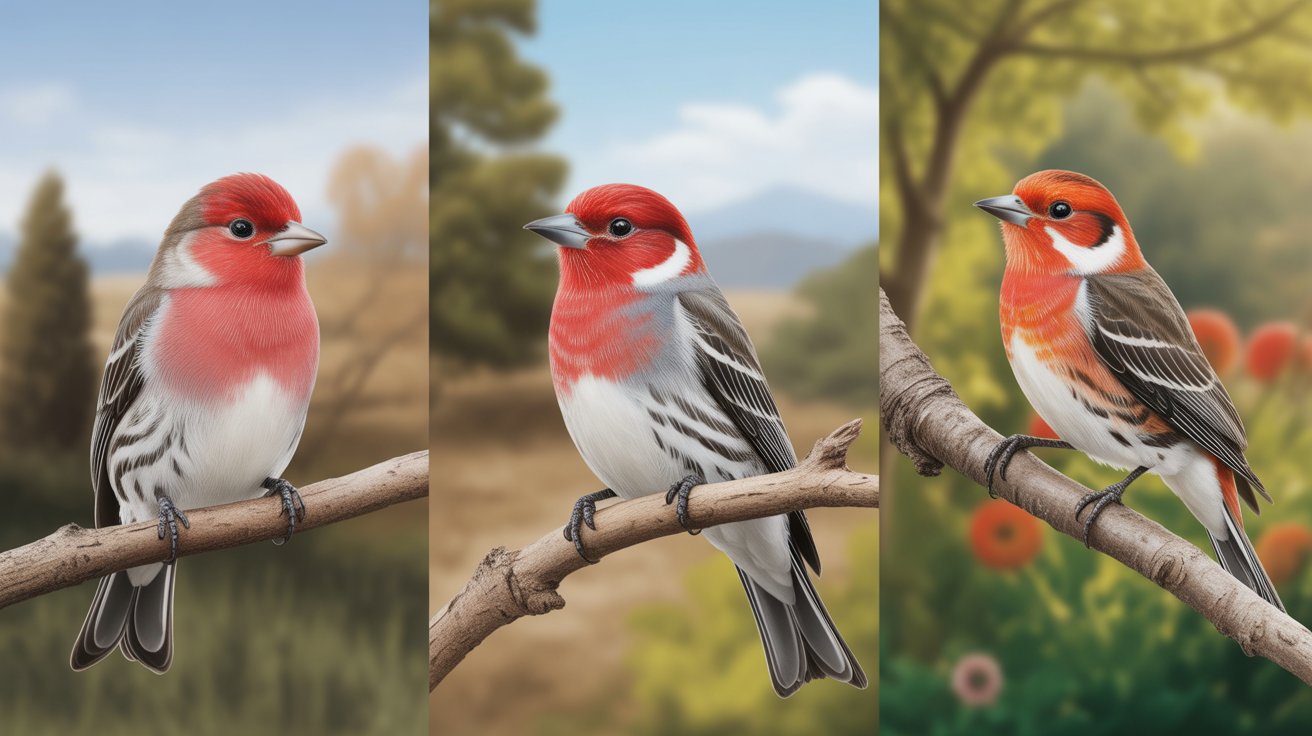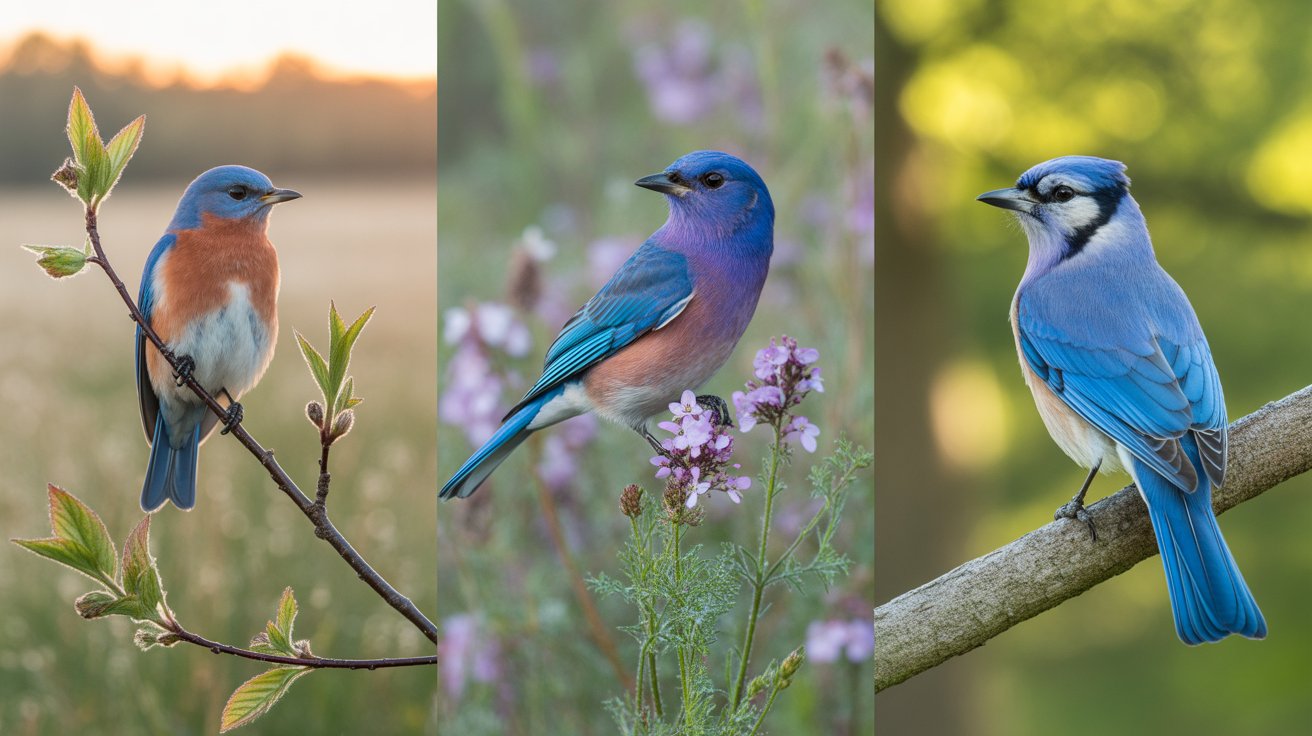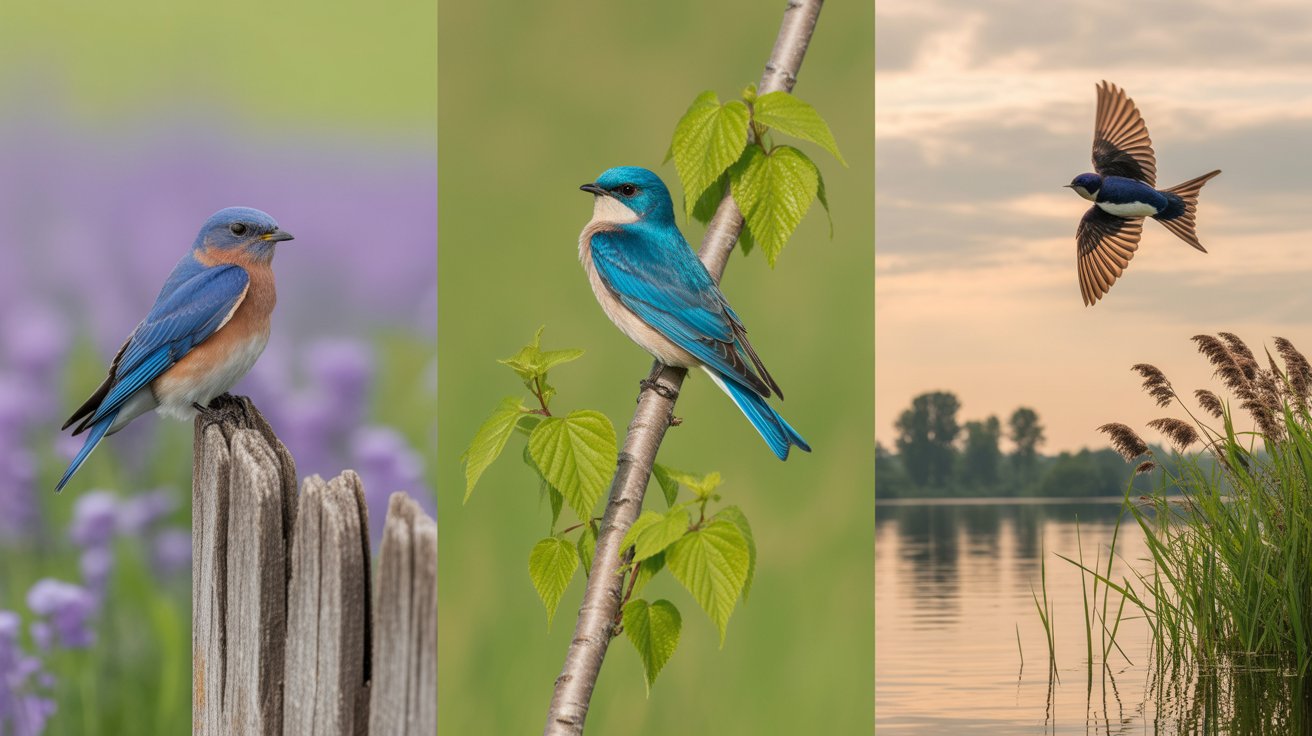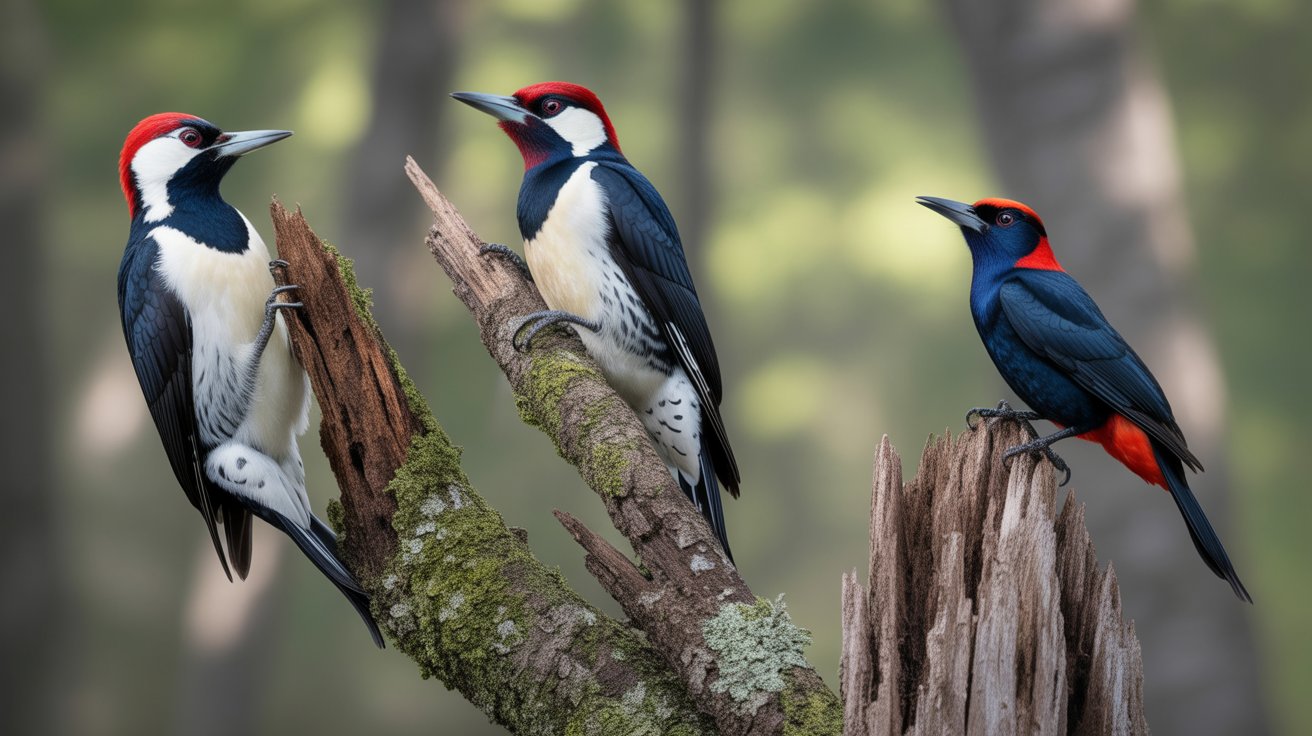Have you ever come across a bird so vibrant and striking that it instantly captures your attention? If you’re a bird enthusiast or just someone fascinated by nature’s most colorful creatures, the Red-Billed Blue Magpie is one species you absolutely must know about.
With its long, flowing tail, deep blue plumage, and vivid red beak, the Red-Billed Blue Magpie is one of the most eye-catching birds in the Asian forests. It’s not just its looks that make this bird special—its intelligence, loud calls, and social behavior are equally fascinating.
You’ll often find them darting through treetops, foraging in groups, or even boldly scavenging near human settlements. This bold behavior, coupled with their curious and social nature, makes them a joy to observe in the wild.
In this article, you’ll get an in-depth look at the Red-Billed Blue Magpie—its classification, appearance, habitat, behavior, diet, breeding habits, and some fun facts you probably didn’t know. Whether you’re a birdwatcher, a student, or simply someone curious about nature, you’re going to love learning about this stunning bird.
Red-Billed Blue Magpie: A Striking Songbird of the Forests
Scientific Classification
Let’s start with the basics. The Red-Billed Blue Magpie belongs to the crow family, Corvidae, which includes some of the smartest birds in the world.
- Scientific Name: Urocissa erythroryncha
- Family: Corvidae
- Order: Passeriformes
- Class: Aves
- Common Names: Red-Billed Blue Magpie, Blue Magpie
These birds are native to parts of Asia and are known for their intelligence, complex calls, and stunning coloration.
Physical Description
If you ever spot a Red-Billed Blue Magpie, you’ll immediately notice its flamboyant appearance. This bird is a visual treat.
- Length: 65–68 cm (including tail)
- Wingspan: 60–70 cm
- Weight: Around 120–140 grams
Plumage and Coloration
The body is mostly a deep bluish-black on the head, neck, and chest, contrasting beautifully with a bright blue back and wings. The underparts are a soft whitish or pale gray. But the showstopper is the tail—exceptionally long with bold white tips and bands.
Beak and Legs
Its bright red beak and legs stand out vividly against its darker feathers, adding a splash of color that makes the bird easily recognizable.
Eyes and Crest
The eyes are dark brown to black, giving it a sharp, intelligent expression. While not all have a prominent crest, many individuals show a slightly shaggy crown that adds to their charismatic appearance.
Habitat and Distribution
You can find the Red-Billed Blue Magpie across a wide range of habitats in South and Southeast Asia.
Geographic Range
These birds are commonly found in:
- Northern and Northeastern India
- Nepal and Bhutan
- Myanmar
- Southern China
- Northern Thailand and Laos
Preferred Habitats
Red-Billed Blue Magpies prefer wooded areas, especially:
- Subtropical or temperate broadleaf forests
- Montane forests
- Light woodlands and forest edges
- Even near human habitations in villages and parks
Their adaptability allows them to thrive in elevations from lowlands up to 3,000 meters above sea level.
Behavior and Social Traits
One of the most fascinating aspects of this magpie is its social and intelligent behavior.
Social Structure
They often move in noisy, playful groups of 5 to 10 individuals. They’re very social and will even mob predators like snakes or birds of prey to protect their group.
Vocalizations
Red-Billed Blue Magpies are extremely vocal. Their calls range from melodious whistles to harsh rasps and mimicry. Some even imitate the calls of other bird species and domestic animals.
Intelligence
Like other corvids, they’re highly intelligent. They’ve been observed using tools, solving puzzles, and showing problem-solving skills, especially when foraging.
Diet and Feeding Habits
Red-Billed Blue Magpies are omnivores with a varied and opportunistic diet.
What They Eat
- Insects like beetles, grasshoppers, and caterpillars
- Small mammals such as rodents
- Reptiles including small lizards and snakes
- Eggs and chicks from other birds’ nests
- Fruits, berries, and seeds
- Human food scraps (they’re not shy!)
You’ll often see them hopping along the ground or through trees, turning over leaves and pecking for insects or fallen fruits.
Foraging Behavior
They usually forage in groups and can be quite bold. In areas near humans, they may visit gardens or even scavenge in garbage, showing little fear.
Breeding and Nesting
The breeding behavior of the Red-Billed Blue Magpie is both fascinating and strategic.
Breeding Season
Their breeding season typically spans from April to July, depending on their location.
Nesting Habits
They build deep cup-shaped nests using twigs, roots, and leaves, often high in trees or dense bushes. Nests are typically well-hidden to avoid predators.
Egg and Chick Development
- Clutch Size: Usually 3 to 5 eggs
- Egg Color: Pale greenish with brown speckles
- Incubation: Around 17–18 days
- Fledging: Chicks leave the nest after about 3 weeks
Both parents are involved in feeding and protecting the young. These birds are fiercely territorial during nesting time and will chase off intruders.
Interesting Facts About the Red-Billed Blue Magpie
Here are some intriguing details that make this bird even more captivating:
- Tail Length: The tail alone can be longer than the rest of the body, giving it an elegant, flowing flight.
- Aggressive Defenders: They’re known to mob predators and even humans who come too close to their nests.
- Urban Presence: In some regions, they’ve adapted to living near towns and villages, often seen stealing pet food or scraps.
- Cultural Significance: In parts of China, the magpie is considered a symbol of good fortune and happiness.
- Intelligence: They’ve demonstrated problem-solving skills that rival crows and jays, making them one of the cleverest birds in their habitat.
Frequently Asked Questions (FAQs)
1. Where can I spot a Red-Billed Blue Magpie in India?
You can spot them in the Himalayan foothills, especially in states like Himachal Pradesh, Uttarakhand, Sikkim, and parts of Northeast India.
2. Is the Red-Billed Blue Magpie endangered?
No, it is classified as Least Concern by the IUCN. However, habitat loss could pose threats in localized regions.
3. Are Red-Billed Blue Magpies aggressive birds?
They are not aggressive in general, but they can become very territorial and loud during the breeding season.
4. Can these birds mimic human voices?
While not as precise as parrots, they can mimic certain environmental sounds and other birds’ calls quite effectively.
5. How long do Red-Billed Blue Magpies live?
In the wild, their average lifespan is around 10–15 years, although this can vary depending on environmental conditions.
Conclusion
The Red-Billed Blue Magpie isn’t just another colorful bird—it’s a symbol of intelligence, adaptability, and striking beauty. With its dazzling tail, curious nature, and loud, cheerful calls, it brings life to the forests and foothills of Asia.
Whether you’re observing one in a Himalayan village or reading about it from afar, this bird captures the imagination. Its fearless behavior, family bonds, and vibrant presence make it a favorite among birdwatchers and researchers alike.
If you ever get a chance to see one in the wild, take a moment to appreciate its elegance and energy. From the treetop melodies to its confident stroll on the ground, the Red-Billed Blue Magpie is a true gem of the avian world.

